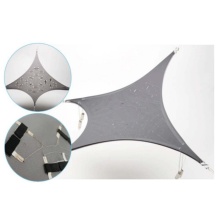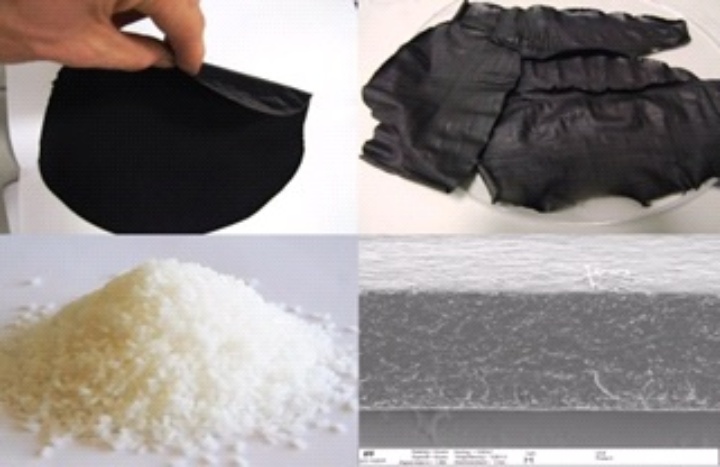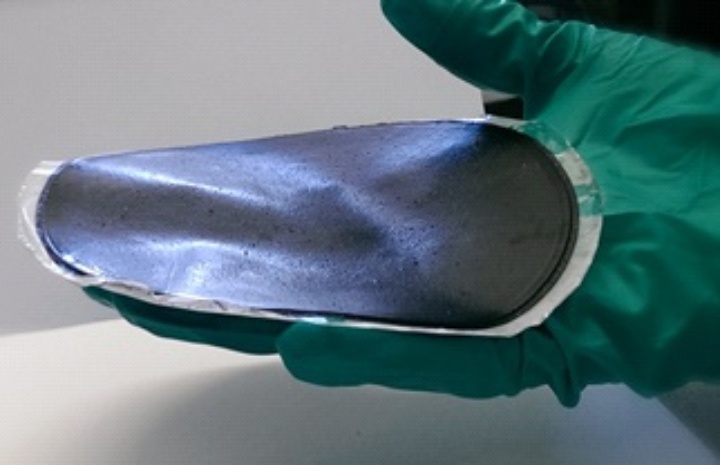Funding Phase I
An important aspect for subjective well-being in rooms and buildings is their humidity, especially in the context of a growing use of textile or foil-based membrane constructions for building skins. In order to obtain a better control of humidity and ventilation, a switchable breathability for such skins is to be realized within the framework of project C03. Having unique shape-changing properties and presenting a new type of active material, electroactive polymers – also known as artificial muscles – are believed to be a viable solution for this task.
The following questions are subject to investigation:
- How can the intrinsic microscopic properties of electroactive polymers (EAPs) be reproducibly transferred to macroscopic, convertible systems?
- How is it possible to increase the low electromechanical efficiency of ionic EAPs and integrate them into convertible surfaces?
- How can electrical contacting be optimized?
- What are the key issues of mechanical attachment of such actuators on membranes and carrier substrates and how can they be solved?
- What are the key interaction phenomena between the environment and the individual material components and how can they be controlled?
- How can adaptive systems be embedded in the planning methodology for ultra-light building structures, taking into account production and operational safety?
The switchable breathability is to be achieved by means of three-layer polymeric actuation systems, which are produced by innovative manufacturing processes and combined to form actuator arrays. The focus is on electroactive polymers, especially ionic polymer actuators based on CNTs (carbon nanotubes).
In order to reproducibly transfer the intrinsic microscopic properties of such actuators to macroscopic, convertible systems, IFF is researching manufacturing innovations in the fields of material synthesis, functionalization of nanoparticles, dispersion technology and application technology.
Project C03 investigates the interactions between the environment and the individual material components and generates new manufacturing approaches, whereby a highly scalable coating technology should come into play. C03 considers the system-relevant factors holistically, which allows a clear statement regarding the feasibility of switchable breathability with EAPs.
This includes the implementation of a virtual model for analyzing the actuator’s deformation kinematics and its influence on target parameters such as humidity transport capability, pore sizes and actuation response. The result of this project would be soft, lighter and functionally optimized actuator arrays that can be used for surfaces with switchable breathability. The resulting actuators and arrays can be used in other applications, for example as optical or tactile information carriers or they can contribute to new lighting and ventilation concepts. The wide range of potential applications increases user comfort and hands back control to the individual building inhabitants.
Another goal of the project is to embed the new adaptive system in the planning methodology for ultra-light building structures. In order to define and develop the interfaces to other adaptive systems and control units in the building, C03 pursues a holistic approach in which aspects of production and operational safety are examined.
Subproject Leader
Prof. Dr.-Ing. Thomas Bauernhansl, Institute of Industrial Manufacturing and Management




